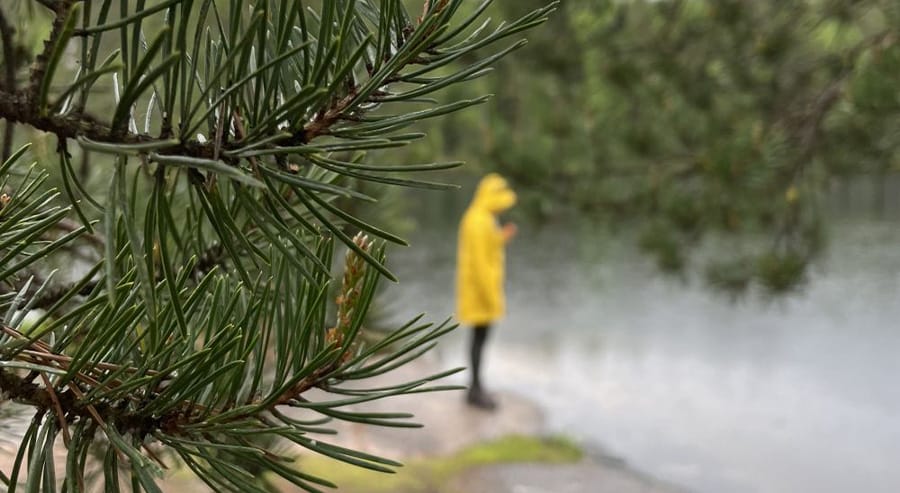How to eat a pine tree: adaptation tips you didn’t know you needed
In the beginning of August, I learned that counterintuitively enough, someone thought of doing just that, asking themselves at some point, ‘’How do I eat that pine tree over yonder?’’.
Along with 60 other permaculture enthusiasts, experts, lecturers and lay folk gathered to discuss and share their knowledge of ways to adapt gardens and homes to climate change as well as live more sustainably, and future proof our lives in ways we could enact in our own homes. An exceptionally interesting if not unusual topic rose above the rest, ‘’How to eat a pine tree’’.
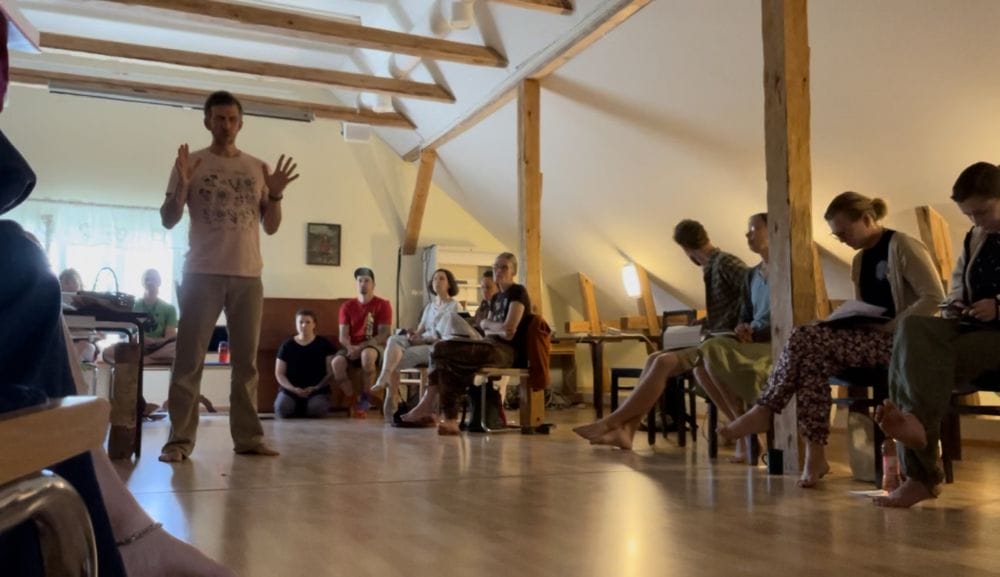
Let’s hope it won’t get to the point that we would need any of the tips and recipes below, but with the prospect of a long winter and continuously increasing gas prices, given no other choice, pine trees would still be at your disposal.
44% of the forests in Finland are pine trees, of which pinecones, pine needles and even the inner bark are edible. Just be sure to do away with the outermost layer full of resin and be sure to be wary of Yew trees, Norefolk island pine, Lodgepole pine and Ponderosa pine. All of which are poisonous and should be left out of the menu.
Essential parts of the tree could be harvested for food, in critical situations or just out of curiosity. Early settlers used to survive in times of instability and scarcity adapting their diets to their local surroundings, including and not limited to eating pine trees.
The session was presented by Joel Rosenberg, an artist and wilderness guide. He is one of the pioneers of the Finnish forest garden movement and wants to create edible ecosystems everywhere.
Let’s go through some of his tips on how to eat a pine tree:
Pine tree needles
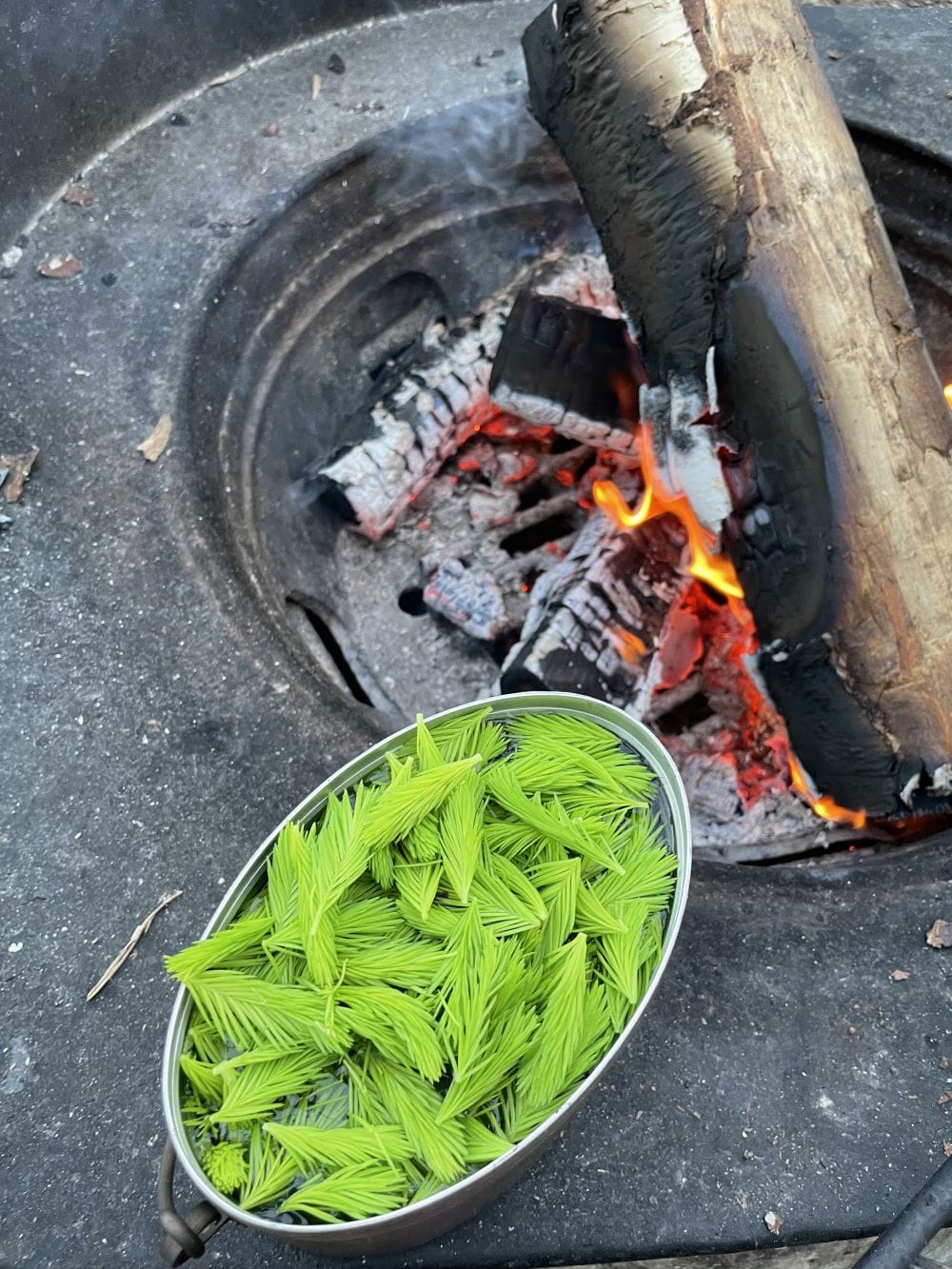 You could dare yourself to try them raw, but our guide into the forest foods recommended boiling them and cooking for 5-15 min to harness their entire taste potential.
You could dare yourself to try them raw, but our guide into the forest foods recommended boiling them and cooking for 5-15 min to harness their entire taste potential.
By the way, younger pine needles would have sweeter and more delicate flavours, while needles from mature branches have a stronger, more bitter taste.
If you’re looking for young pine needles, harvest the light green needles at the tips of each branch. Taste was surprisingly mild and pleasant, and definitely deserves to be in the top things to do on your next hike.
Pine needles also contain vitamin C, but the longer the pine needles cook, the more vitamin C is lost, so less boil time is better.
Outer bark
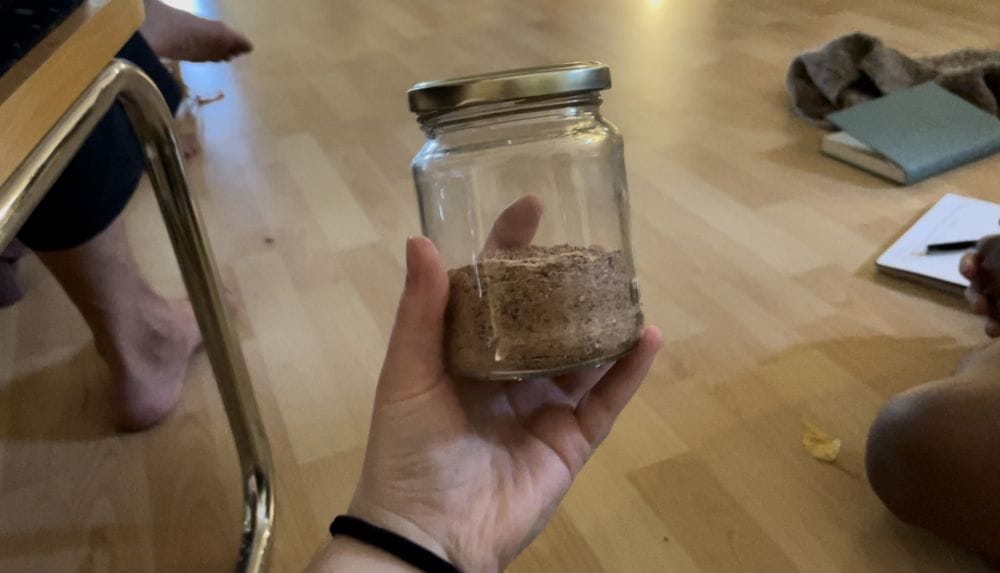
There is room for experimentation, but what Joel let us taste for ourselves were pine-bark-bread-cookies.
Basically, you take Pine tree bark, put it in the oven for 5-10 min and then blend it to get a powder. Now you can use it like any other powder to cook. In our case, Joel mixed it with flour, but you can test it out with other ones too.
Again, be wary to sift out that resin!
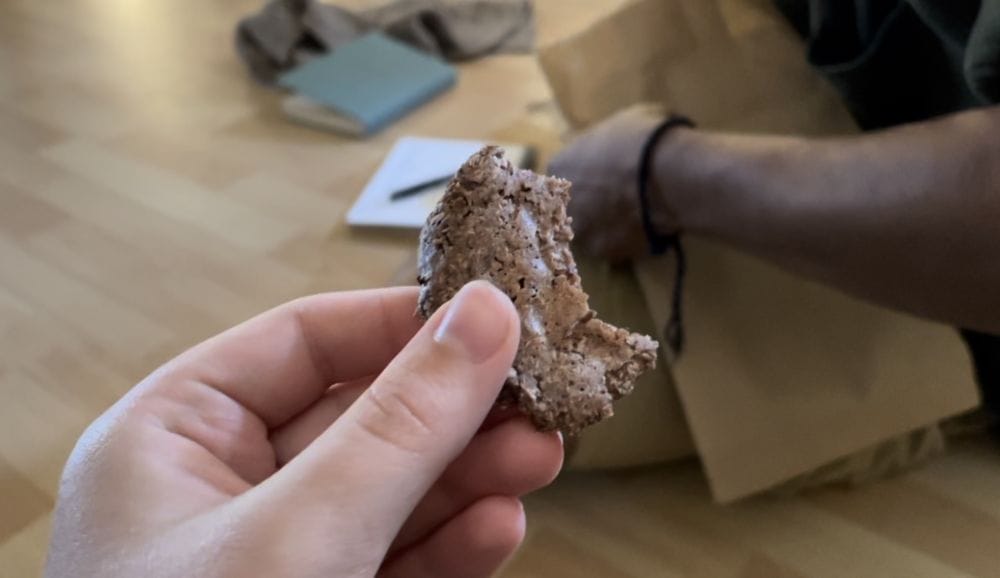 The taste was unusual yet familiar, with a sharp bitter aftertaste, it definitely had some potential.
The taste was unusual yet familiar, with a sharp bitter aftertaste, it definitely had some potential.
Although the powder mix could have benefited from some salt or sugar, regardless however, all the permaculturists in the room were surprised that it was even possible to enjoy the bark of the tree!
Using the outer bark, you also don’t damage the parts of the tree that provide nutrients, so 5 stars for sustainability, 5 stars for the tip and 3 stars for taste.
Pinecones
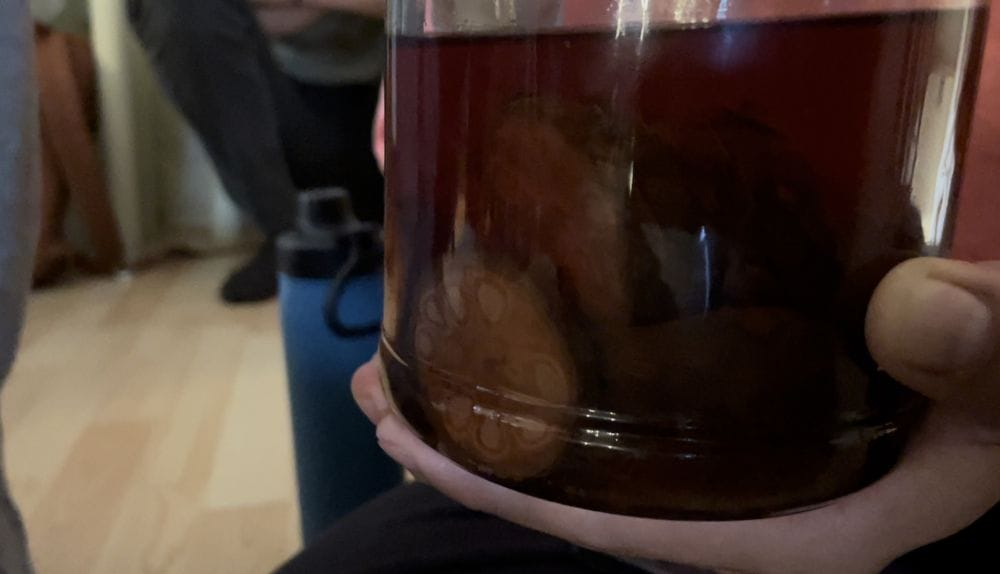 Let ’s not forget our party goers, Joel also experimented with some alcohol production, namely rum infused with pine!
Let ’s not forget our party goers, Joel also experimented with some alcohol production, namely rum infused with pine!
The refreshingly unusual aroma of pine mixed with rum tingled my nostrils, however nothing could be said about the taste, since the liquor was said to not have yet reached maturity.
Furthermore, nobody from the group dared test it, with the risk of facing the full festival program ahead of us drunk from the unusually strong-smelling pine concoction, but then again, as an idea to push dietary boundaries – this is a 5 plus!
It might seem like madness for some, but others find treelicious exploration of alternative food sources a necessary step for future proofing. As researchers presented at the International Conference on Forests for Food Security and Nutrition in 2013: “The potential for forest foods to contribute to food security and better nutrition as elements of sustainable diets is largely untapped”.
So, how about it? Fancy adding some pine sawdust into your next batch of homemade cookies?




